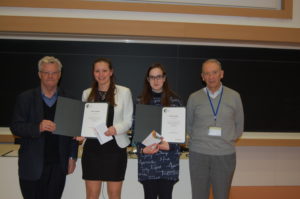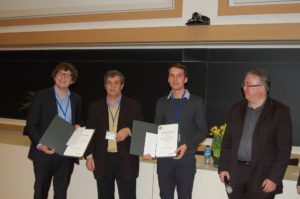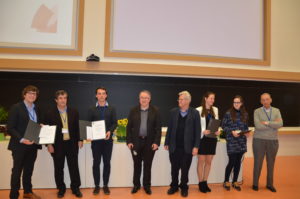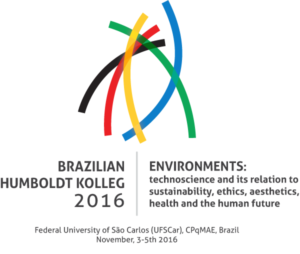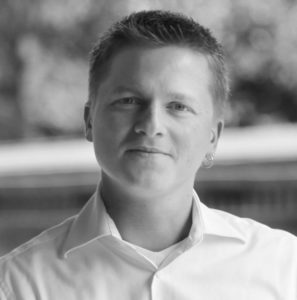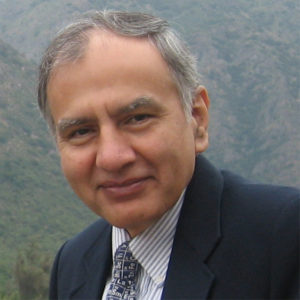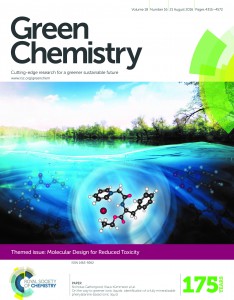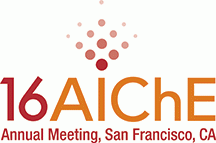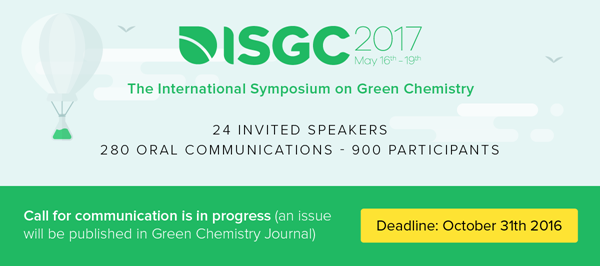Delegates from university, industry, governmental and non-governmental organizations and venture capital providers will present their views on industrial biotechnology, sustainable (green) chemistry and agricultural policy related to the use of renewable raw materials for non-food applications and energy supply. The conference further aims to provide an overview of the scientific, technical, economic, environmental and social issues of renewable resources and biorefineries in order to give an impetus to the biobased economy and to present new developments in this area.
The conference will provide a forum for leading political, corporate, academic and financial people to discuss recent developments and set up collaborations.
- Bioactive compounds from biomass
- Biobased materials
- Biomass fractionation
- Biocatalysis for bioresource transformation
- Bioenergy
- Bioproducts from woody biomass
- Biorefineries
- Biosurfactants
- Chemical platform molecules
- Downstream processing
- Metabolic engineering of fermentation processes
- Micro and macro algae technology
- Plant cell wall modification
- Pretreatment and transformation of lignocellulosics
- Sustainability
- Thermochemical transformations of biomass
- Valorization of biomass waste streams












